
(Gerry Furth-Sides) The story about Pixie’s coming to market is of fairytale nature. This spring cleaning we came upon a SPA OJAI bag with a pixie tangerine spray tucked inside fit that felt just as magical. Its fragrance was as fresh as when we first made it in the Artist Cottage Cottage, a working artist studio and apothecary for instruction in aromatherapy oil blending at the resort. Because we first were introduced to the pixies right in their own home, Ojai, so eating them takes us back to the Ojai Valley Inn and Resort. Our beloved Ojai Valley Inn and Resort is back open and you can purchase pixie products there or in town!

The love that the pixie story has added to it the winter holiday glow because at the time of its release in 1965 “tangerine season” was considered to be around Christmas time. So the Pixie came ripe at a time when no one was expecting to buy or sell tangerines.
Even the origin of the Pixie Tangerine is shrouded in a bit of mystery. Scientific literature says that the Pixie Tangerine is “a second generation hybrid (or possibly a self) obtained from open pollination of an F1 hybrid called a Kincy,” meaning that the “seed parent” was a tangerine variety called a Kincy (a cross between a Dancy and a King). Still, no one has identified the pollen parent.
Sweet as a tangerine but just the right endearing size for a satisfying snack, a breakfast side dish, salad OR the squeeze of citrus on a salad to make it pop. The tangerines are picked as close to packing as possible so that customers receive them within two days. They are put in 1000 pound bins. With the smaller number of growers aiming for flavor, the high natural sugar content ranges from 13% to a whopping 17%.
Let the pixies speak for themselves: “We are not Cuties, Halos, Sweeties, Delites or Smiles– we are Ojai Pixies; that is, Pixie tangerines grown in the Ojai Valley. Ojai Pixies are grown by a dedicated group of farmers working on small family farms. We grow and market our own fruit.” For details please see: www.ojaipixies.com.
And these same fruit growers in Ojai love to casually drop the fact into a conversation that pixies outnumber people in the city. It’s just the perfect quirky fact about this magical little town that is the perfect home to this lovable little tangerine with the fairytale story.
Citrus breeder Howard Frost obtained the parent seed in 1927. Actual development and testing of the fruit didn’t begin until many years later, at the University of California at Riverside. UCR breeders spent a couple of decades planting out trees to see how they would grow under different conditions and what their fruit was like. In 1965, UCR plant breeders, James Cameron and Robert Soost, finally released the Pixie, which at the time they recommended only as a “backyard tree.”
Yet even from the start, commercial value was considered limited at best because trees don’t fruit worth harvesting for at least 4 years, and the tree doesn’t come into anything approaching full bearing until 8 years. This was augmented by the fact that pixie’s are alternate bearing – meaning a cycle of heavy and then light crop years. So when the pixie tangerine variety was introduced, it was designated as a “backyard tree.” Seasons are still limited to a little bit of an extension from March to May.
But the saving grace was that for such a delicate growing life, the pixie can retain its flavor and quality if stored in the home fridge for a outstanding long time. So, ignoring these citrus marketing conventions, two Ojai growers, Tony Thacher and Jim Churchill, planted commercial quantities of Pixie tangerines in the early 1980’s. It turned out that Pixie Tangerines grown in Ojai soared to popularity with their sweet, seedless, easy to peel characters. By the mid-1990’s, other local growers joined the Ojai Valley Pixie Party. Soon afterward, a Ojai Pixie Growers’ Association was created to share information about cultural practices and to develop a market for the locally grown fruit.
Back to the Pixie and the Ojai Valley Inn and Resort, where I so vividly remember an Ojai Valley Inn and Resort manager grabbing hold of my arm one evening to point out the pink-striped sky. Ojai’s breathtaking sunsets, which appear other worldly though they actually derived from electromagnetic forces, have been affectionately labeled by residents as “pink moments.”
The history of the Ojai Valley Inn began in 1923, when wealthy Ohio glass manufacturer Edward Drummond Libbey commissioned architect Wallace Neff to build a clubhouse for his private golf course. This became his personal winter retreat in Ojai. And now for guests around the world.
You could feel the Chumash Indians there, too, the same tribes who developed an incredibly sophisticated waterway system for food and product commerce those 10,000 years ago. These days you can at least you can easily duplicate a part of the experience right in your own home, with Ojai Pixie tangerines for inspiration.

















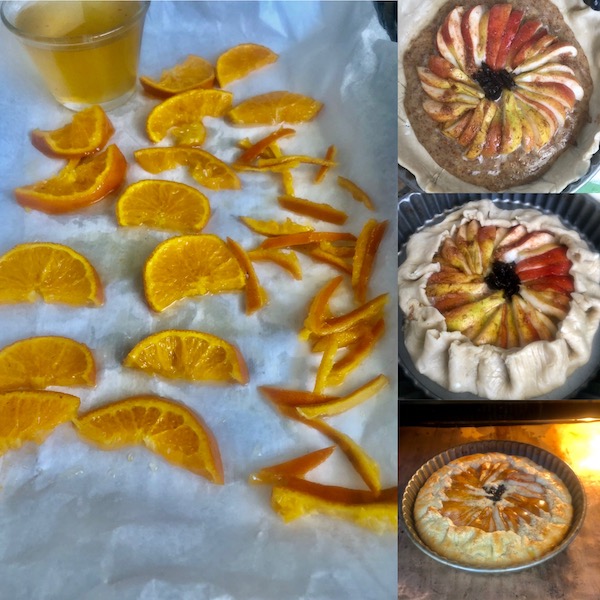

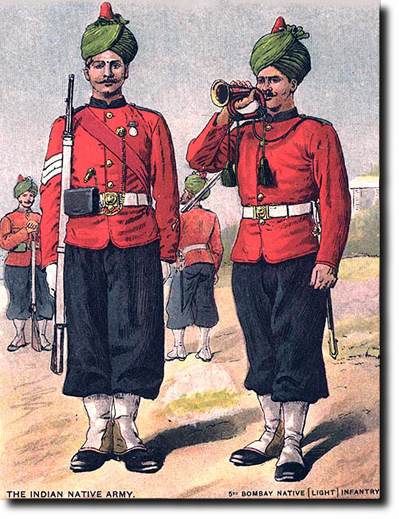



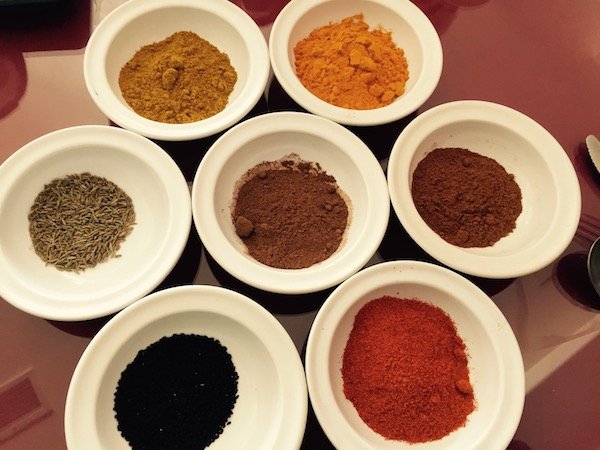



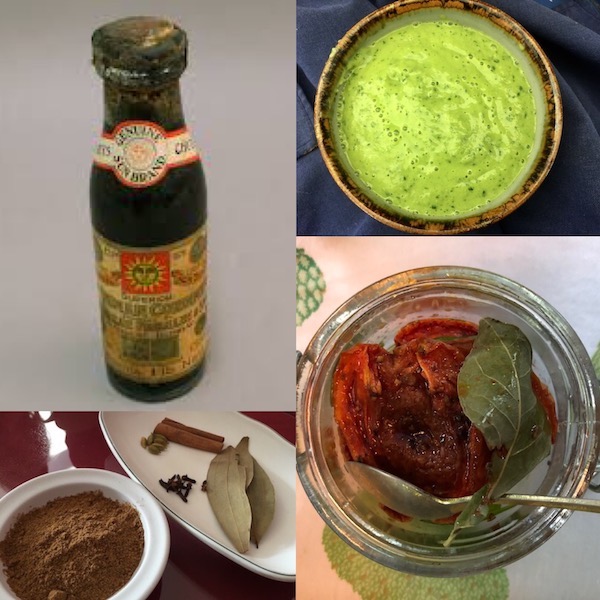








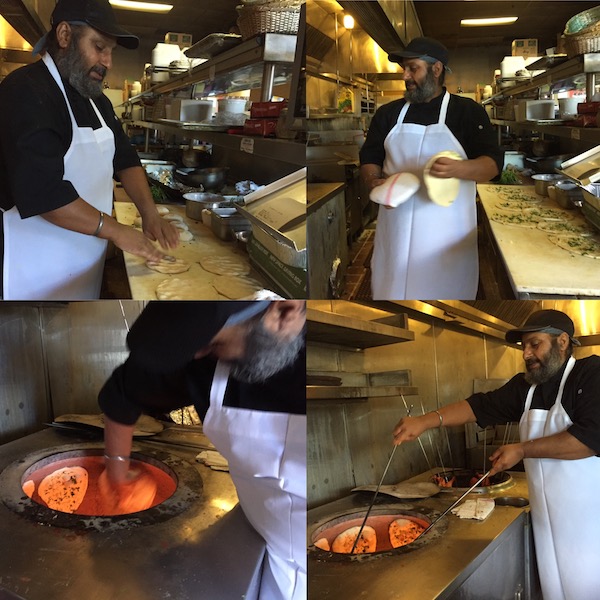




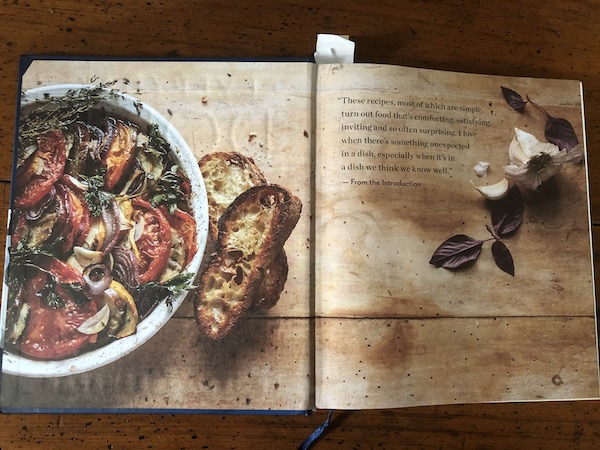


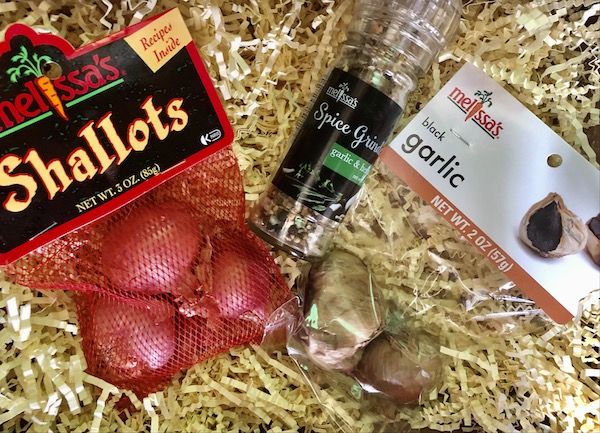




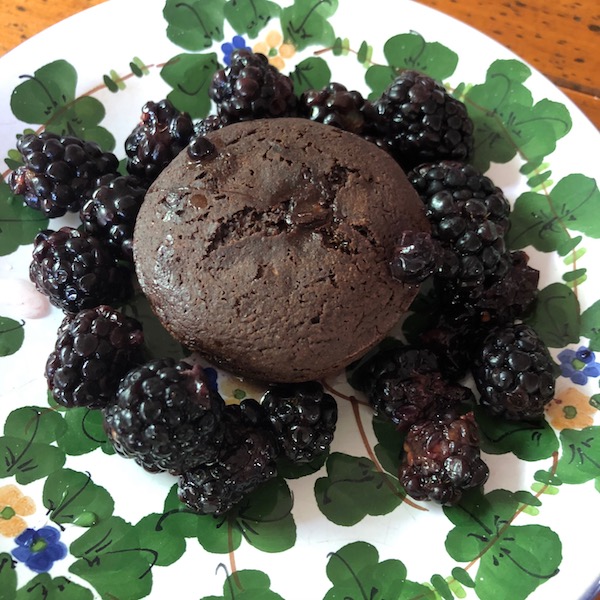



















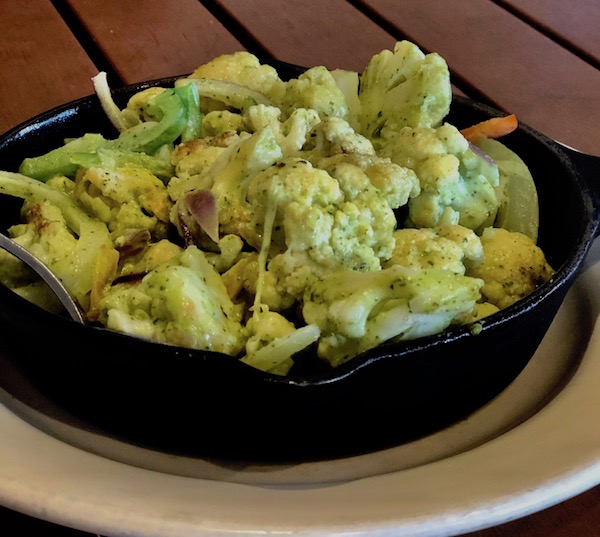








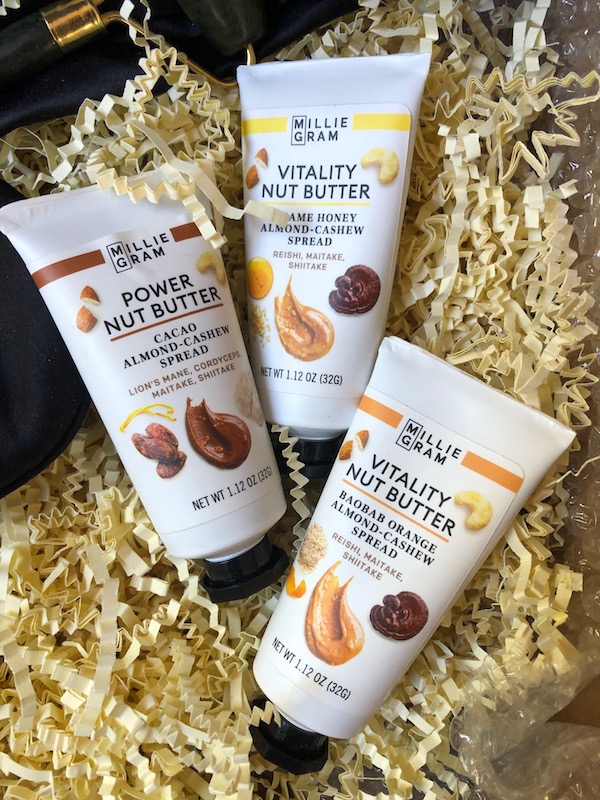
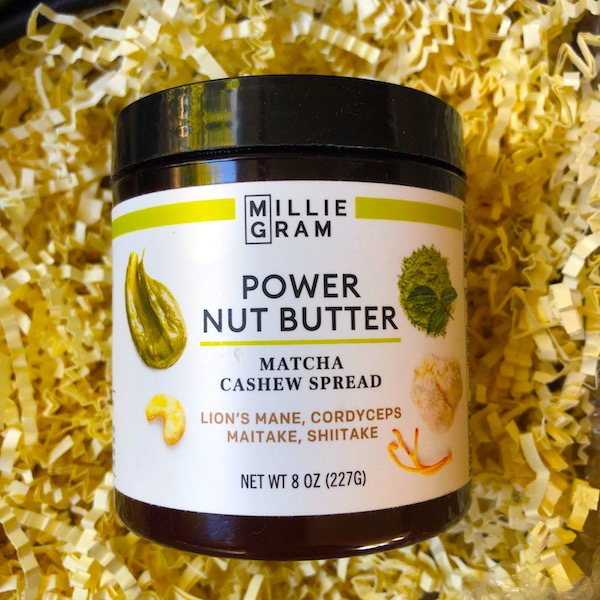



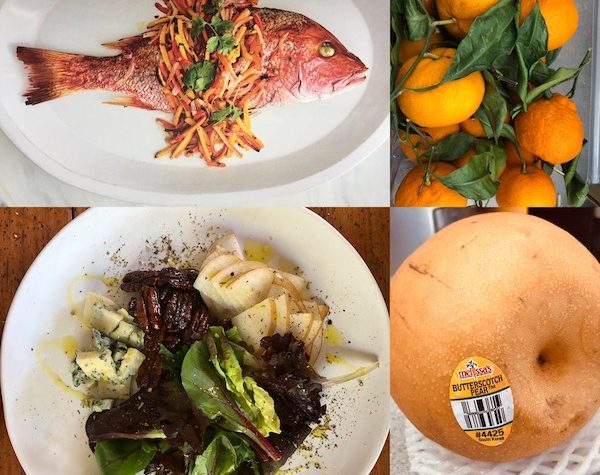








 Gerry Furth-Sides
Gerry Furth-Sides  Barbara Hansen
Barbara Hansen  Chef-owner Alain Cohen
Chef-owner Alain Cohen  Roberta Deen
Roberta Deen  Jose Martinez
Jose Martinez  Nivedita Basu
Nivedita Basu